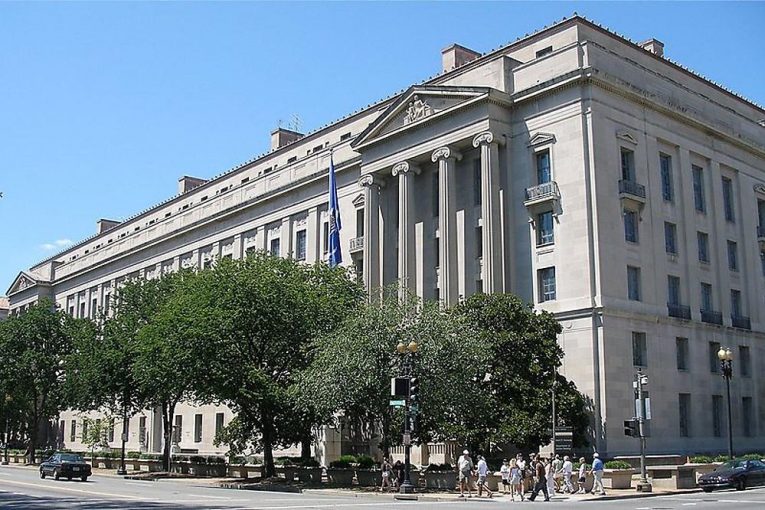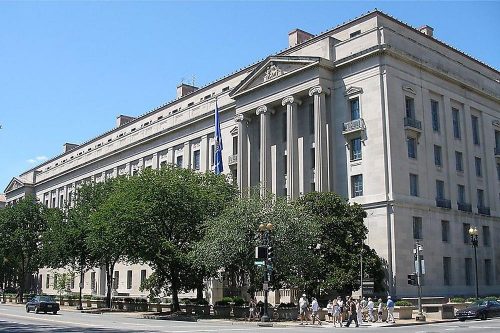

By Ramneet Singh
WASHINGTON, DC – The Federal Capital Habeas Project put out a statement this week in response to the Department of Justice’s recent amendments to its justice manual, expanding the statement on federal death penalty statistics in the last few years.
The Federal Capital Habeas Project (FCHP) wrote the Department of Justice amended the manual “to address changes made by the former administration in December 2020 and January 2021 to expedite the execution of capital sentences and to make additional changes to capital proceedings.”
The statement links to the Capital Crimes section, which indicates 13 updated sections from this January. These sections included confidentiality, expedited, non-expedited conclusions and standards.
The statement provides background information, statistics on race, statistics on executions from 2020-21, geographical statistics and more.
The background info starts with the Department of Justice’s position concerning the 42 individuals on death row. Despite potential concerns, the DOJ said it is “using every procedural tool at its disposal to prevent federal death sentences from being overturned.”
The FCHP provides a series of its own statistics, first concerning race, noting African Americans comprise 40 percent of the federal death row population. Broadly, that percentage goes up 17 percent when looking at people of color, said FCHP.
Later in the section on federal executions, FCHP notes seven of the 13 people executed were people of color,” and on the current death row, “64 percent of those who were 21 or younger are people of color” when the offense occurred.
Thirteen people were executed between July 2020 and Jan. 2021, which, said FCHP, is relatively excessive compared to previous federal practice.
Two people “had an intellectual disability” and two more had “serious mental illness,” according to the FCHP, and some of the 13 faced execution “despite revelations that the government had withheld important evidence that might have changed the outcome of the conviction or sentence.”
Concerning geography, “eight of the 13 people executed were sentenced in Texas, Missouri, or Virginia, and 11 were sentenced in the Fourth, Fifth, or Eighth Circuits,” reports FCHP.
For the current death sentences, FCHP said 28 individuals went through those three specific circuits: 40 percent of those current sentences were issued in those three states. In those regions during the “modern era” of the death penalty, mainly people of color face the death sentence.
In the section on executions, FCHP notes none of those individuals committed “uniquely federal crimes.” Moreover, there were co-defendants that received less punitive measures.
Connecting current death row members and those executed, FCHP said they “reflect the same problems as those who were executed, including intellectual disability, serious mental illness, prosecutions infected by racial bias, official misconduct, geographical disparity, and/or other indicia of arbitrariness.”
FCHP said the individuals’ backgrounds need to be taken into account.
In the last section, the Federal Capital Habeas Project expands on aspects of death sentences that disadvantage the defendant. An example given is faulty evidence.
After acknowledging the Department’s review, FCHP Director Ruth Friedman indicated a need to help the 42 prisoners, stating, “We do not want to see these men left on death row to face another execution spree by this or a future Administration.”
